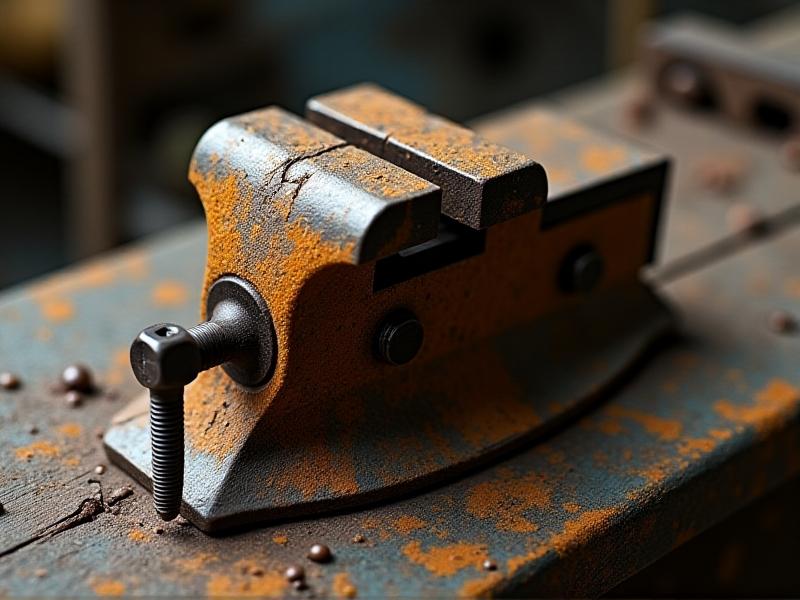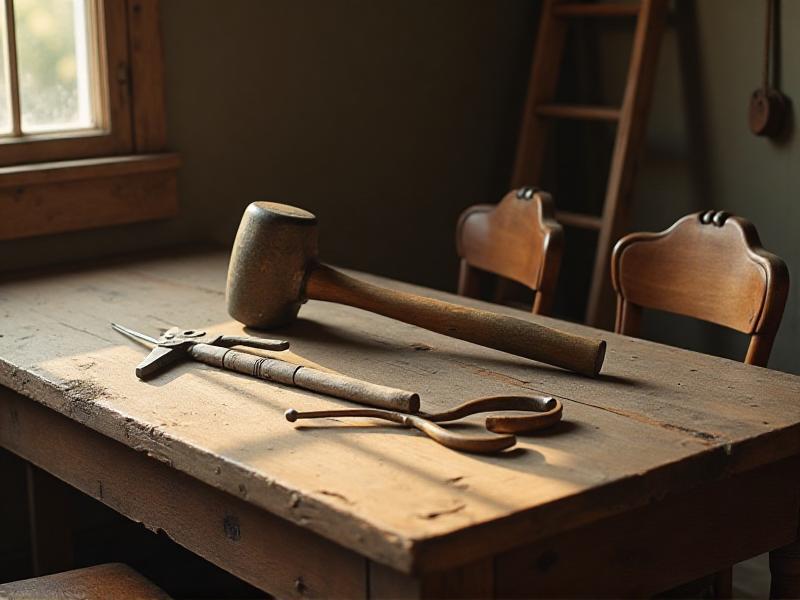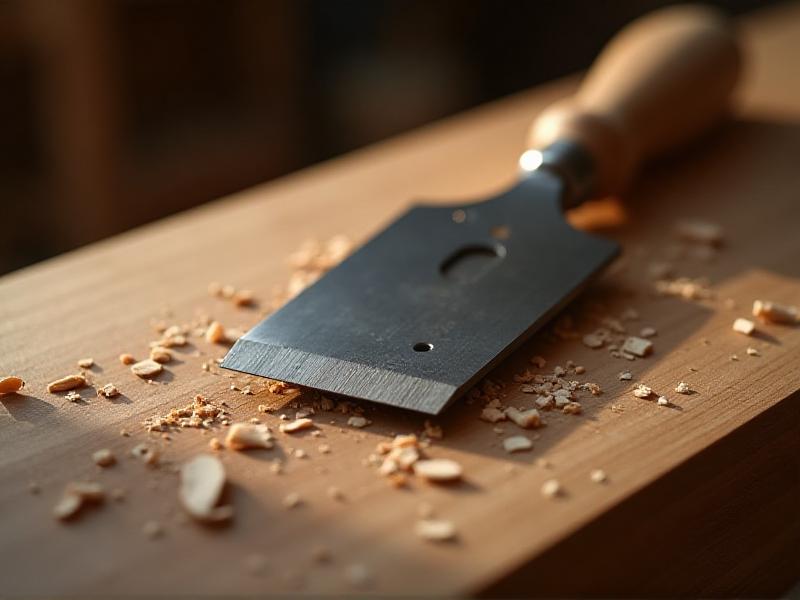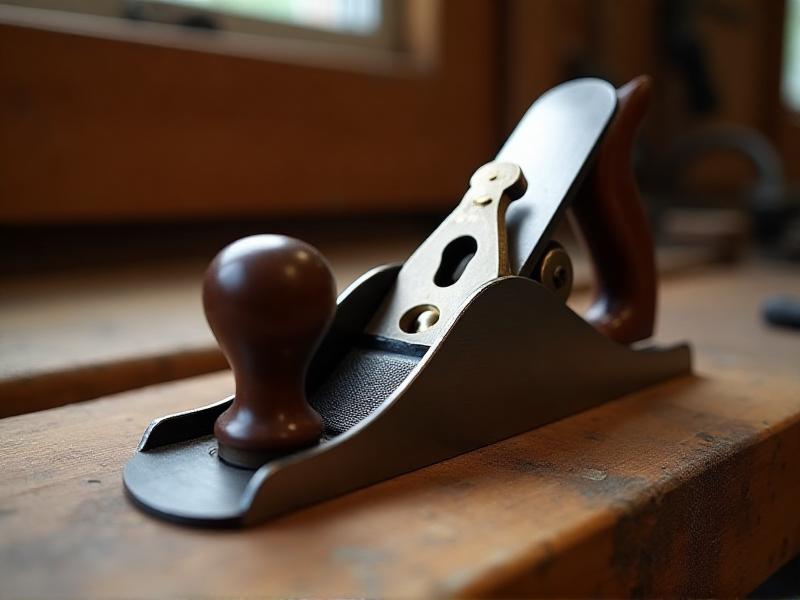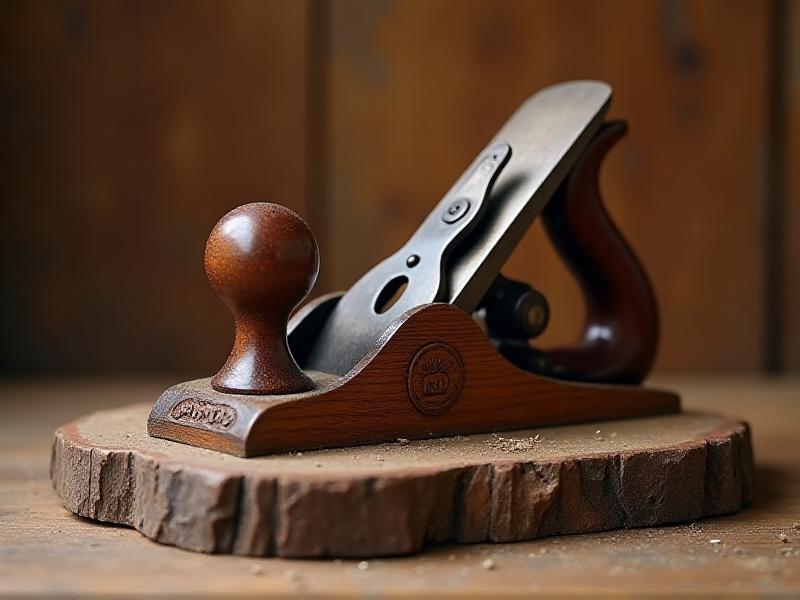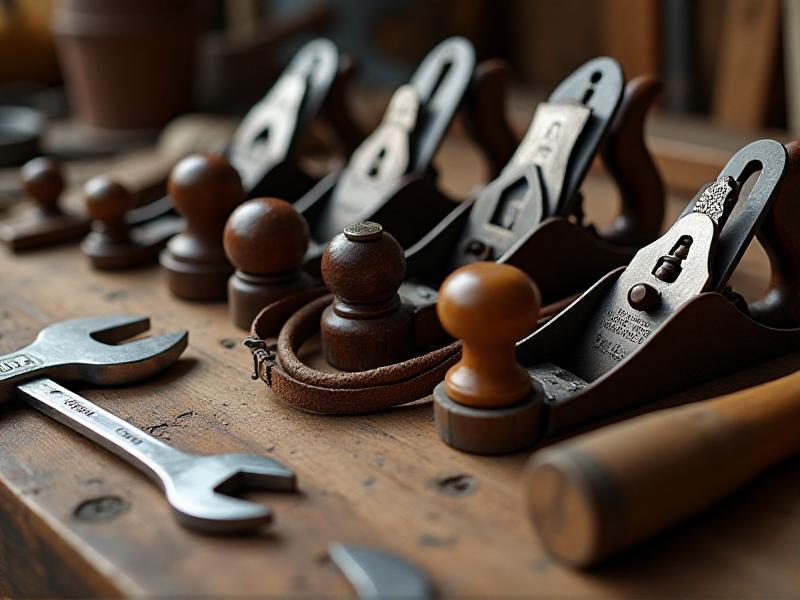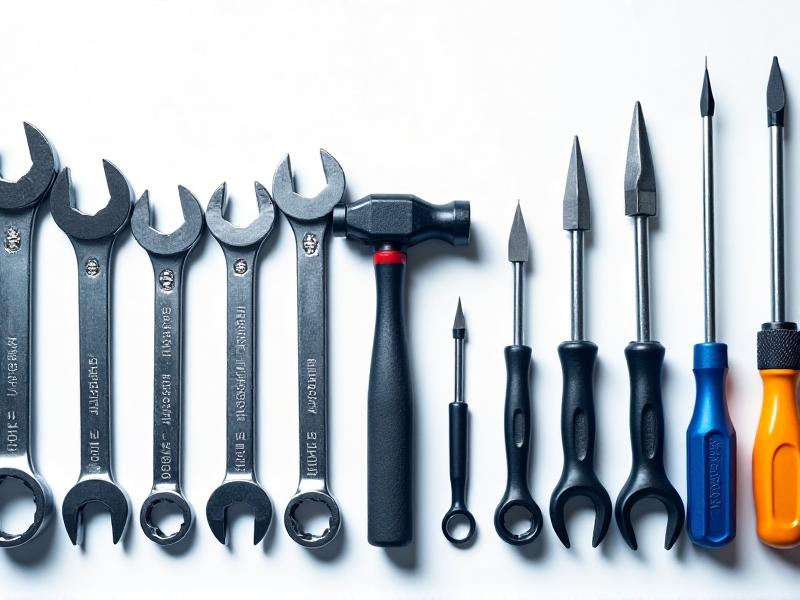Salvaging Pitted Blade Edges
Understanding Pitted Blade Edges
Pitted blade edges are a common issue for anyone who works with knives, whether in the kitchen, workshop, or outdoors. These imperfections occur when small holes or dents form on the blade's edge, often due to corrosion, improper storage, or wear and tear. Understanding the causes of pitting is the first step toward salvaging your blade. Corrosion, for instance, can result from exposure to moisture or acidic substances, while improper sharpening techniques can exacerbate the problem. Recognizing the signs of pitting early can save you time and effort in the long run.
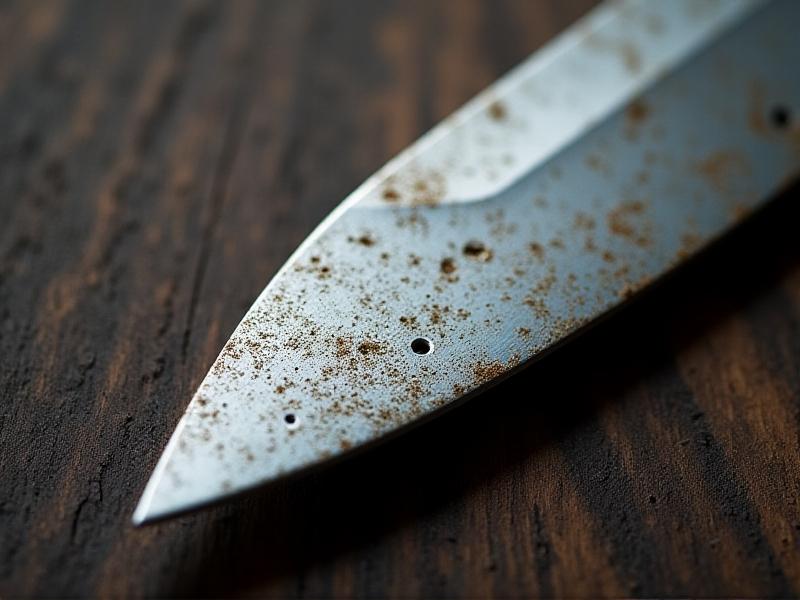
Assessing the Damage
Before attempting to salvage a pitted blade, it’s essential to assess the extent of the damage. Start by examining the blade under good lighting to identify the size, depth, and location of the pits. Minor pitting may only require light polishing, while deeper pits might necessitate more intensive repairs. Use a magnifying glass if necessary to get a closer look. Additionally, check for any signs of structural weakness, such as cracks or bends, which could compromise the blade’s integrity. Knowing the severity of the damage will help you choose the right tools and techniques for restoration.
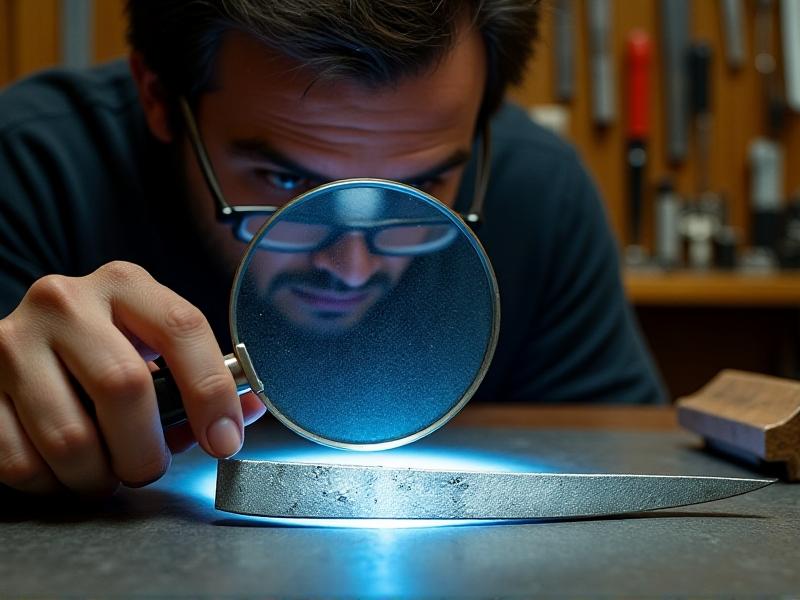
Tools and Materials Needed for Restoration
Restoring a pitted blade requires the right tools and materials. Essential items include sharpening stones of varying grits, polishing compounds, sandpaper, and protective gear like gloves and safety glasses. For severe pitting, you may also need a file or rotary tool to remove deeper imperfections. Polishing compounds and metal cleaners can help restore the blade’s shine, while lubricants will protect it from future corrosion. Having a well-organized workspace with all necessary tools at hand will make the restoration process smoother and more efficient.

Step-by-Step Restoration Process
Restoring a pitted blade involves several steps. Begin by cleaning the blade thoroughly to remove any dirt or residue. Next, use a coarse sharpening stone or sandpaper to smooth out the pitted areas, working in the direction of the blade’s edge. Gradually switch to finer grits to refine the surface. Once the pitting is minimized, apply a polishing compound to restore the blade’s shine. Finally, lubricate the blade to protect it from future damage. Take your time with each step to ensure the best results, and remember to work carefully to avoid injury.
Preventing Future Pitting
Prevention is key to maintaining a blade’s longevity. After restoring your blade, take steps to prevent future pitting. Store your knives in a dry, cool place, preferably in a sheath or protective cover. Avoid exposing the blade to moisture or corrosive substances, and clean it immediately after use. Regular maintenance, such as sharpening and polishing, will also help keep the blade in good condition. By adopting these practices, you can extend the life of your blade and reduce the need for frequent repairs.
Common Mistakes to Avoid
When salvaging pitted blade edges, it’s easy to make mistakes that can worsen the damage. One common error is using the wrong grit of sharpening stone or sandpaper, which can leave scratches or remove too much material. Another mistake is neglecting to clean the blade thoroughly before starting, as dirt and debris can interfere with the restoration process. Rushing through the steps or applying too much pressure can also lead to uneven results or accidental injury. Take your time, follow the correct procedures, and prioritize safety to achieve the best outcome.
Expert Tips for Blade Maintenance
Experts recommend several tips for maintaining your blades and preventing pitting. Use a honing rod regularly to keep the edge aligned, and sharpen the blade as needed to maintain its sharpness. Apply a thin layer of oil or wax to protect the blade from moisture and corrosion. Store knives in a block or magnetic strip to keep them organized and accessible. Finally, avoid using your blade on hard surfaces like glass or stone, as this can cause chipping or pitting. By following these expert tips, you can keep your blades in top condition for years to come.
When to Replace a Pitted Blade
While many pitted blades can be salvaged, there are times when replacement is the best option. If the pitting is too deep or widespread, restoring the blade may compromise its structural integrity. Similarly, if the blade has cracks or bends that cannot be repaired, it’s safer to replace it. Consider the cost and effort of restoration versus the price of a new blade. For sentimental or high-quality knives, professional restoration services may be worth exploring. Knowing when to let go of a damaged blade is an important part of maintaining a functional and safe toolkit.
